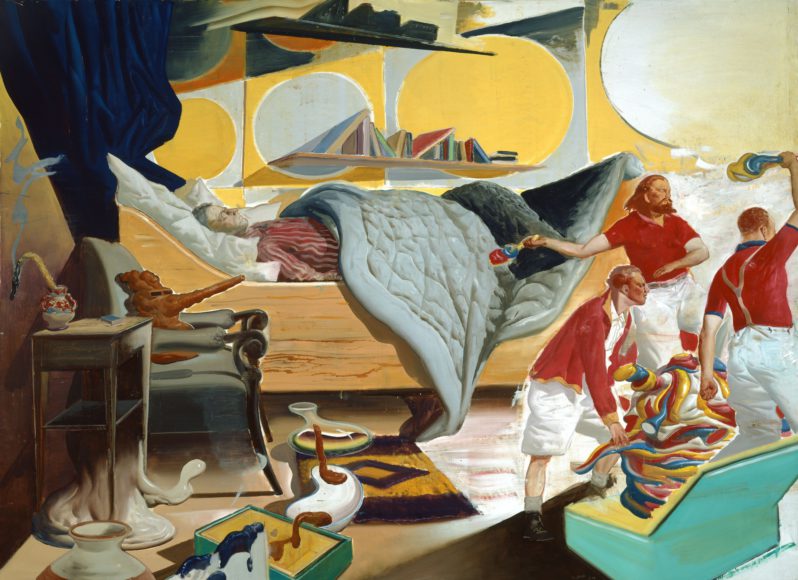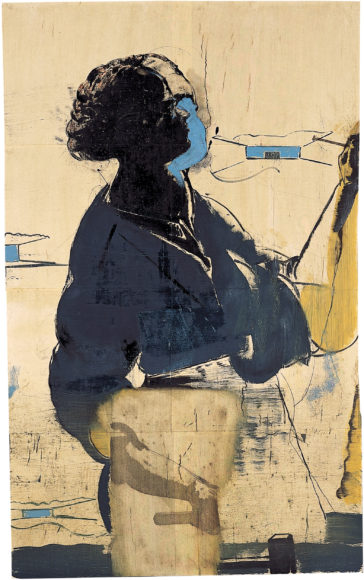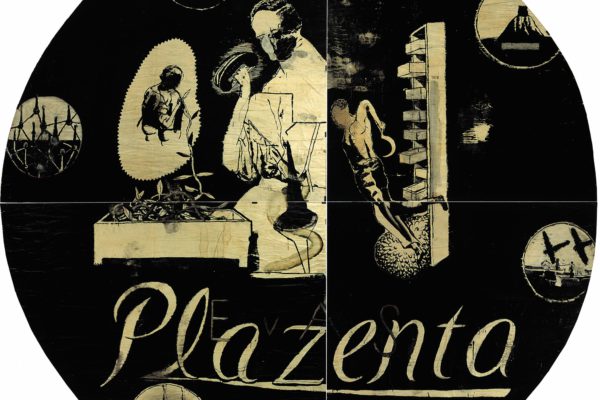This survey exhibition at the Galerie Rudolfinum is Neo Rauch’s largest one-man show to date in a Czech museum context. Organized in close collaboration with Kunstmuseum Wolfsburg, it brings together some 40 paintings.
Neo Rauch was born in 1960 in Leipzig. He studied under Arno Rink, whose assistant he later became. Following the collapse of the East German Communist regime, he quickly emerged as one of the most important artists of his generation and his work was featured in numerous group shows. The majority of Rauch’s paintings are large-format compositions rendered in a muted palette; his influences include Surrealism and comic-book imagery. Always figurative, his canvases are populated by characters busily performing strange, indefinable tasks in post-industrial settings.
Rauch draws his subject matter from the well of images from the past. The echoes of realism in his work are unmistakable – both in terms of ‘high’ art and commercial graphics – but at the same time his figures with their friendly, somewhat robotic appearance recall American advertising campaigns of the 1950s and 60s. Rauch uses the entire vocabulary of the unconscious (and thus latent) language of visual signs to create new settings and puzzling scenes, in a manner that is wholly unpretentious. The individual elements in his paintings have a powerful symbolic charge. The curiously old-fashioned objects his characters deal with seem to have come from a bizarre collection of theatrical props, and often vary considerably in terms of scale. This makes them appear out of proportion with the depicted figures and transforms them into surreal utensils – magical and mysterious at once. The painted scenes have a dream-like quality, and Rauch himself has said: “For me, painting is the continuation of a dream with other means.”
The main criterion for selecting paintings for this exhibition was the significance of each individual work within the artist’s oeuvre. As a result, the chosen pieces represent all the major phases of Neo Rauch’s work to date, making it possible to trace the development within the oeuvre and to grasp its coherence and complexity. Extremely large-format paintings will also be shown here, signalling a new direction in Neo Rauch’s practice and underlining the singular nature of this exhibition.
In the catalogue to accompany the exhibition, Markus Brüderlin, the director of the Kunstmuseum Wolfsburg, writes: “Rauch’s forced illusionism, which broke off from abstraction, corresponds in a curious way with the epoch-making methodical change known as the Iconic Turn which has attracted wide attention over the past few years and replaced the linguistic structuralism that long dominated artistic discourses. The transformation from the text-based information society of the Gutenberg Age to the more image-oriented society of digital media found a fervent advocate in Neo Rauch’s pictorial style. His artworks provide the most diverse answers to the fundamental question ‘What is a picture?’”
A comprehensive catalogue to accompany the exhibition has been published by DuMont Kunst- und Literaturverlag, Köln 2006. With a preface by Markus Brüderlin, the 192-page publication includes contributions by Harald Kunde, Holger Broeker, Gottfried Boehm, Donald Kuspit, Gernot Böhme and Wolfgang Büscher.
The exhibition was organized by Kunstmuseum Wolfsburg.
Curators: Holger Broeker, Petr Nedoma







